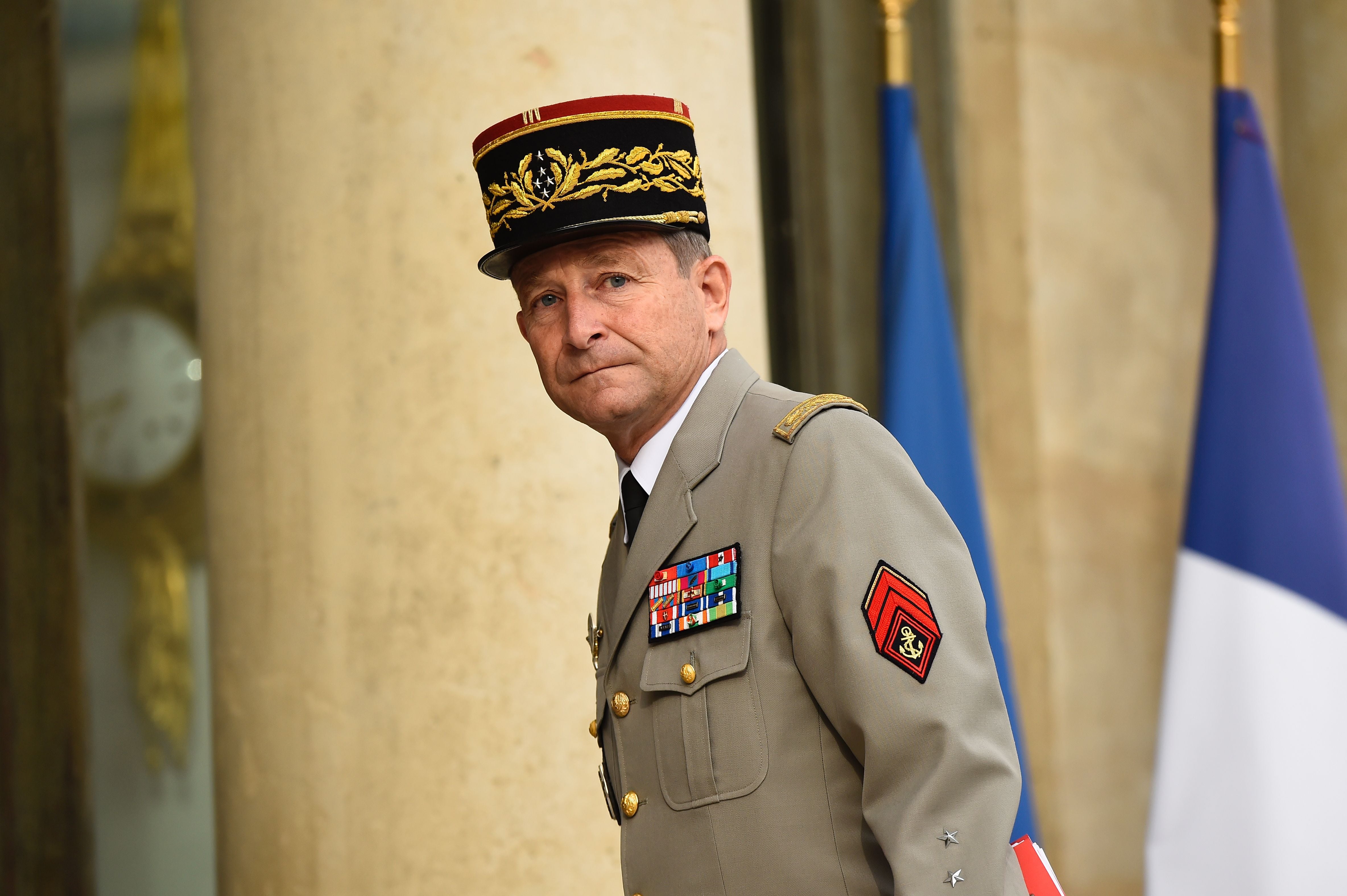VERSAILLES, France ― France’s €10 billion (U.S. $12 billion) Scorpion modernization program is adopting a fresh approach, with expectations for robotics, vehicle cybersecurity and the delivery of new military platforms.
Since the end of last year, the Armed Forces Ministry has sought to manage the development of weapons in the Scorpion project, in a ”more incremental way,“ according to Erwan, director of the Scorpion program at the Direction Générale de l’Armement procurement office. Erwan, whose last name has been withheld for security reasons, spoke to journalists May 16.
“Finally, we have entered an approach much more incremental with much lower-profile step changes,“ he said. The aim is ”to introduce regularly new innovations, introduce them once they are mature onto platforms.“
Track our full coverage of Eurosatory here!
Military planners set up Scorpion as a major-step program, with planned development and production of equipment marked out at intervals spanning a number of years.
Later in the Scorpion program, there will be a successor to the Safran Felin infantry kit and a new version of the VBCI infantry fighting vehicle.
Soon after Florence Parly took up the post of armed forces minister last year, she said a faster procurement was one of the reforms she wanted to see.
RELATED

Scorpion is seen as more than just bringing in new vehicles and equipment, as the French Army is rewriting the concept of operations to adapt to new technology.
“This is a real transformation in capability,“ said Army Col. Benoit, who works on the Scorpion program. ”This is a more ambitious and global approach,“ one which is transforming the battle group, he said.
The new approach is a collaborative combat concept that aims to plug the platoon leader, captain and the colonel of a battle group into the same network, potentially speeding up the tempo of engagement and getting an ”upper hand over the enemy,“ he said.
Sensors, onboard electronics, the Contact software-defined radio and the SICS battle management system, or Scorpion Information Communication System, are 21st century tools in the new vehicles that will allow a ”horizontal“ approach, he added.
Those tools are intended to allow officers to make decisions quicker than the enemy.
”Speed is essential,“ he said.
A greater appreciation of the tactical situation is a big step away from the present “vertical“ doctrine, which relies on various systems such as SIR and SICF, which prevent different levels of operations and command from seeing the same tactical picture.
There will also be onboard training and mission preparation in the vehicle on the simulation system Semba. Algorithms are being drawn up by technicians and soldiers to help decision-making for crews.
There is also attention on a “mastered lethality,” to cut the risk of “blue-on-blue” firing, or friendly fire, and civilian casualties.
The new approach will also extend to the Atlas and Martha fire- and air-support systems, helicopters, special forces and mounted units.
One of the tasks set for the TNS Mars joint venture between Nexter, Thales and Safran is to draw up algorithms that collect and analyze tactical data, and then present the information to the crew. That work is part of a nine-year contract signed Dec. 28 worth some €45 million, with firm and conditional tranches.
Those algorithms will present a tactical option, such as suggesting launch of an MMP missile against an enemy tank detected by another Scorpion vehicle, but it will be up to the commander or gunner to make the final decision. That man-in-the-loop concept is a key part of the doctrine.
The briefing was on a press trip organized by Gicat, the trade association for makers of land weapons, ahead of the Eurosatory trade show, which runs June 11-15.








